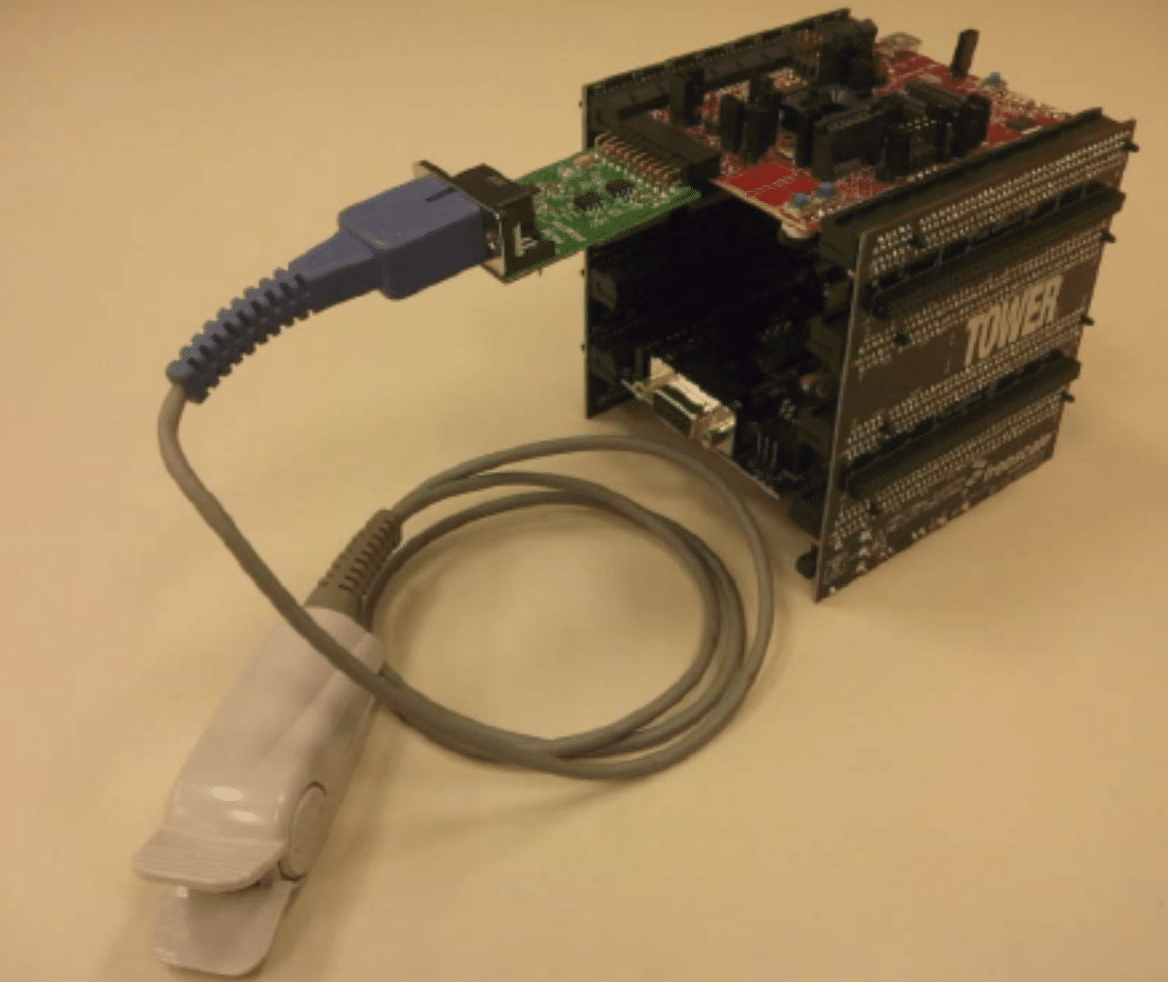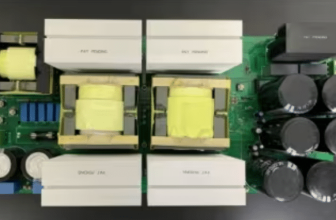
Check out our latest products
Genetic algorithms (GAs) are optimising various stages of a machine learning pipeline, focusing on data preparation and model tuning. By employing GAs, we can automate labour-intensive steps, including handling missing data, feature engineering, and hyperparameter optimisation. This step-by-step guide offers an end-to-end blueprint for building more robust and efficient machine learning models to maximise the value extracted from data.
In the age of Big Data, the amount of information we can collect and analyse is unprecedented. While this provides incredible opportunities for learning and growth, it also presents a challenge: How do we make the most out of this vast sea of data? Merely collecting data isn’t enough; what makes the difference is how efficiently we can process and analyse it. This is where genetic algorithms (GAs) come into play.
Genetic algorithms are optimisation heuristics based on the principles of natural selection. They offer a way to find good solutions to complex problems. In the context of machine learning, they can help us to fine-tune models for better performance and more effective data utilisation.

Here, we’ll explore how genetic algorithms can be employed to make your data work harder for you. From data preparation to model selection, we’ll look at how GAs can enhance each step of the machine learning pipeline.
Data-centric Approach in Machine Learning
We live in times of data overload. That means we have to take a data-centric approach in machine learning. While algorithms and models often take the spotlight, the quality and efficiency of the data being fed into these models are just as critical—if not more so.
– Advertisement –
Optimising the algorithms alone won’t yield the desired results if the data itself isn’t optimised. It’s akin to trying to make a delicious meal; even the best chefs can’t produce a culinary masterpiece with subpar ingredients.
So, what does it mean for data to be ‘efficient’? Efficiency in this context refers to maximising the useful information that can be extracted from a given set of data. This could involve eliminating redundant features, fine-tuning hyperparameters to better suit the specific data set, or even selecting a machine learning model that’s particularly well-suited for the data you have.
Here is where genetic algorithms can add value. By helping us automate the process of feature selection, hyperparameter tuning, and even model selection, GAs can play an instrumental role in making your data more effective.
Understanding Genetic Algorithms
Before we delve into the application of genetic algorithms in data optimisation, it’s essential to have a fundamental grasp of what they are and how they work. Originating from the natural processes of biological evolution, genetic algorithms work on the principles of selection, crossover (or recombination), and mutation.
Selection
This is the process of choosing the fittest individuals from a population to act as parents for the next generation. In machine learning, this could mean selecting the models that produce the best results on a given data set.
def select_parents(population, fitness):
# Select two parents based on their fitness scores
return sorted(zip(population,
fitness), key=lambda x: x[1])[-2:]Crossover
Once the parents are selected, the next step is to combine their traits to create offspring. In the context of machine learning, this could involve mixing the hyperparameters of two well-performing models.
def crossover(parent1, parent2):
# Perform crossover between two
parents
crossover_point = len(parent1) // 2
child = parent1[:crossover_point] +
parent2[crossover_point:]
return childMutation
This introduces small changes in the offspring, adding some level of randomness and diversity. In machine learning, a mutation might be a slight change in a hyperparameter value or a feature’s weight.
import random
define mutate(child):
# Apply mutation to a child
mutation_point = random.randint(0,
len(child) - 1)
child[mutation_point] = random.
uniform(0, 1)
return childThe power of genetic algorithms lies in their ability to optimise complex functions efficiently, making them a valuable tool for enhancing data utility in machine learning models.
Data Preparation
Before feeding data into a machine learning model, it’s crucial to ensure that it’s well-prepared and clean. Data preparation involves multiple steps, such as handling missing values, normalisation, and feature engineering. These steps aim to improve the model’s performance by enhancing the data’s quality.
Genetic algorithms can offer an automated way to tackle these data preparation challenges. Instead of manually picking features or trying various normalisation techniques, GAs can be programmed to explore a range of options to find the most efficient data preparation strategy.
Handling Missing Values
from sklearn.impute import SimpleImputer
import numpy as np
def handle_missing_values(data,
strategy=’mean’):
imputer = SimpleImputer(strategy=
strategy)
return imputer.fit_transform(data)Feature Engineering
def feature_engineering(data,
selected_features):
return data[:, selected_features]Normalisation
from sklearn.preprocessing import
MinMaxScaler
define normalise(data):
scaler = MinMaxScaler()
return scaler.fit_transform(data)By employing genetic algorithms in these preparatory steps, you can optimise your data set for the most effective machine learning outcomes.
Applying Genetic Algorithms to Model Tuning
Once the data is prepared, the next critical step is model selection and tuning. Machine learning offers a plethora of algorithms to choose from, each with its own set of hyperparameters. The number of possible combinations can be overwhelming, but genetic algorithms can help narrow down the choices to the most effective ones.
Model Selection
from sklearn.ensemble import
RandomForestClassifier
from sklearn.svm import SVC
def select_model(model_type):
if model_type == ‘RandomForest’:
return RandomForestClassifier()
elif model_type == ‘SVM’:
return SVC()Hyperparameter Tuning
def tune_hyperparameters(model,
hyperparameters):
model.set_params(**hyperparameters)
return modelFitness Function
from sklearn.metrics import
accuracy_score
def fitness_function(model, X_train,
y_train, X_test, y_test):
model.fit(X_train, y_train)
predictions = model.predict(X_test)
return accuracy_score(y_test,
predictions)Genetic algorithms can automate the selection and tuning process by exploring the model and hyperparameter space efficiently. The GA will evaluate the performance of each candidate solution (combination of model and hyperparameters) using a fitness function—in this case, the model’s accuracy score.
The end-to-end Pipeline
The ultimate goal is to bring all these individual pieces into a coherent whole—an end-to-end pipeline that takes raw data and outputs an optimised machine learning model. In this pipeline, genetic algorithms play a pivotal role in automating multiple steps, from data preparation to model tuning.
End-to-end pipeline
from sklearn.model_selection import
train_test_split
def end_to_end_pipeline(raw_data,
target, model_type=’RandomForest’):# Step 1: Data preparation
clean_data = handle_missing_
values(raw_data)
normalized_data = normalise(clean_
data)# Step 2: Feature selection
X_train, X_test, y_train, y_test
= train_test_split(normalized_data,
target, test_size=0.2)
selected_features = [i for i in
range(len(X_train[0]))] # Placeholder,
would be determined by GA# Step 3: Model selection and tuning
model = select_model(model_type)
hyperparameters = {} # Placeholder,
would be determined by GA
tuned_model = tune_
hyperparameters(model, hyperparameters)# Step 4: Evaluate fitness
fitness = fitness_function(tuned_model,
X_train[:, selected_features], y_train,
X_test[:, selected_features], y_test)
return fitness# Example usage
raw_data = np.random.rand(100, 10)
# 100 samples, 10 features
target = np.random.randint(0, 2, 100)
# Binary target variable
fitness = end_to_end_pipeline(raw_data,
target)This is a simplified example, but it gives you a blueprint for constructing an end-to-end pipeline that employs genetic algorithms at every key stage. This ensures that you’re extracting the most value from your data at each step of the machine learning process.
From automating the tedious process of data preparation to fine-tuning machine learning models, genetic algorithms provide an efficient, automated approach to optimise the entire data pipeline.
By leveraging these algorithms, we’re not just simplifying the model development process but also ensuring that the highest quality insights are gleaned from our data. Whether dealing with large-scale data sets, multi-dimensional features, or diverse machine learning models, genetic algorithms equip you with the versatility to handle a broad array of data challenges.
As a result, they become an indispensable asset in any data scientist’s toolkit for crafting robust and effective solutions.
The author, Mir H.S. Quadri, is a research analyst with a specialisation in artificial intelligence and machine learning. He is the founder of Arkinfo, which focuses on the research and development of tech products using new age technologies. He shares a deep love for the analysis of technological trends and understanding their implications. Being a FOSS enthusiast, he has contributed to several open source projects.


![[5G & 2.4G] Indoor/Outdoor Security Camera for Home, Baby/Elder/Dog/Pet Camera with Phone App, Wi-Fi Camera w/Spotlight, Color Night Vision, 2-Way Audio, 24/7, SD/Cloud Storage, Work w/Alexa, 2Pack](https://m.media-amazon.com/images/I/71gzKbvCrrL._AC_SL1500_.jpg)



![[3 Pack] Sport Bands Compatible with Fitbit Charge 5 Bands Women Men, Adjustable Soft Silicone Charge 5 Wristband Strap for Fitbit Charge 5, Large](https://m.media-amazon.com/images/I/61Tqj4Sz2rL._AC_SL1500_.jpg)





